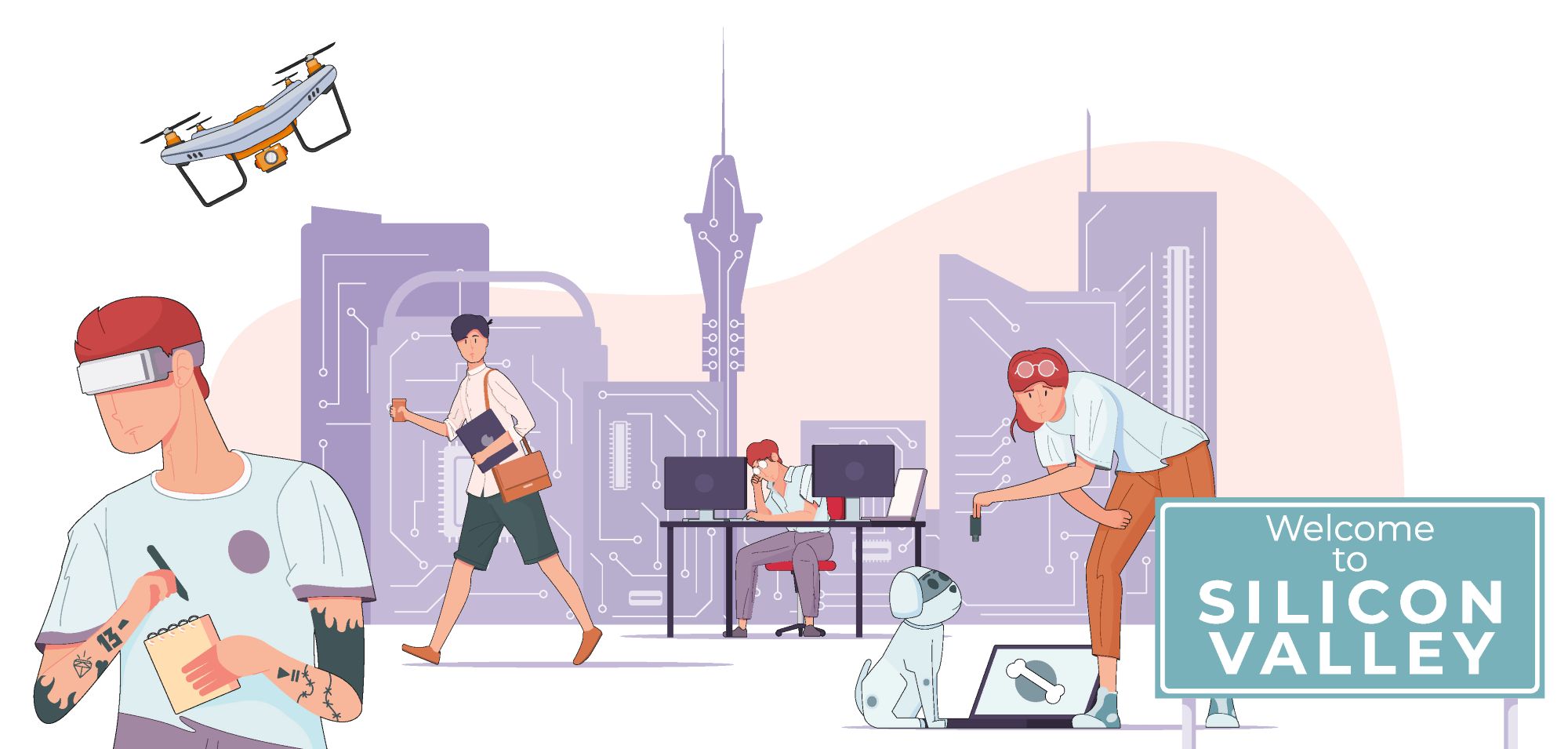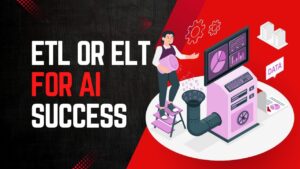It was a stormy evening in a coastal town when meteorologists issued a warning—a Category 5 hurricane was approaching. In the past, such warnings were often ambiguous, leaving authorities scrambling at the last minute. However, this time, an AI-driven prediction model had sounded the alarm three days in advance, allowing time for evacuations and resource distribution. Thanks to AI, thousands of lives were saved.
This isn’t just fiction. Across the world, AI is transforming how we predict, respond to, and recover from disasters. From earthquakes to wildfires, AI-powered systems analyze vast amounts of data, detecting patterns and issuing early warnings. But AI in crisis response doesn’t stop at prediction; it extends to coordinating rescue missions, managing resources, and assisting in rebuilding efforts.
In this article, we will explore how AI agents are revolutionizing disaster management, providing real-world examples, and discussing the benefits and challenges that come with these technologies.
On This Page
Table of Contents
1. AI in Disaster Prediction: Forecasting and Early Warnings
One of the most powerful applications of AI in disaster management is forecasting disasters before they strike. Traditional methods often rely on historical data, but AI uses real-time data processing, satellite imagery, and predictive modeling to anticipate natural disasters with greater accuracy.
How AI Predicts Natural Disasters
AI leverages machine learning (ML) and deep learning models to analyze massive datasets from multiple sources:
- Satellite imagery: AI detects environmental changes that indicate potential disasters.
- Seismic sensors: Machine learning models analyze earthquake patterns to predict aftershocks.
- Weather patterns: AI identifies atmospheric conditions conducive to storms, floods, or wildfires.
- Social media feeds: AI scans posts to detect early signs of local disasters.
Real-World Examples
| Disaster Type | AI Application | Example |
|---|---|---|
| Earthquakes | AI analyzes seismic waves and predicts aftershocks. | Google’s AI earthquake prediction system accurately warns about aftershocks. |
| Hurricanes | AI models predict storm paths and intensity. | IBM’s Deep Thunder provides precise hurricane forecasts. |
| Wildfires | AI detects fire outbreaks using satellite and drone images. | NASA’s Fire Information for Resource Management System (FIRMS) alerts firefighters. |
| Floods | AI analyzes rainfall, river levels, and terrain data. | Google’s Flood Forecasting Initiative predicts floods in real-time. |
By combining these technologies, authorities can prepare evacuations, reinforce infrastructure, and mobilize emergency resources before disaster strikes.
2. AI for Disaster Preparedness and Risk Assessment
Predicting disasters is only half the battle. AI also plays a crucial role in assessing risks and preparing communities for potential threats.
Risk Mapping and Mitigation Strategies
AI-powered geospatial analysis creates risk maps that highlight vulnerable areas. Governments and organizations use these maps to:
- Strengthen infrastructure in high-risk zones.
- Develop evacuation plans tailored to specific disasters.
- Allocate emergency resources efficiently.
Simulations for Disaster Preparedness
AI-driven simulations help authorities and emergency responders train for crisis situations.
- Virtual disaster drills allow responders to test their reaction times.
- AI-generated what-if scenarios prepare teams for different crisis conditions.
Example: The United Nations uses AI-powered simulations to train emergency personnel for tsunami response strategies in Southeast Asia.
3. AI in Emergency Response: Real-Time Coordination and Resource Allocation
Once a disaster strikes, every second counts. AI ensures a swift, coordinated response by optimizing communication, logistics, and rescue efforts.
AI-Powered Communication During Crises
AI chatbots and virtual assistants help disseminate crucial information:
- Facebook’s Disaster Maps track population movements post-disaster.
- Google’s Crisis Response System provides real-time disaster updates.
- AI chatbots answer emergency questions via messaging apps.
Drones and Robotics in Search and Rescue
AI-powered drones and robots are revolutionizing search and rescue operations:
- Drones equipped with thermal imaging locate survivors trapped in debris.
- Autonomous robots deliver medical supplies in dangerous areas.
- AI image recognition identifies survivors in disaster zones.
Example: After the 2020 Beirut explosion, AI-driven drones helped map the damage and locate missing individuals.
4. AI in Post-Disaster Recovery and Rehabilitation
The aftermath of a disaster is often as devastating as the event itself. AI plays a vital role in accelerating recovery efforts.
AI in Damage Assessment
Traditionally, assessing disaster damage takes weeks. AI analyzes satellite and drone images in hours.
- AI systems scan before-and-after images to estimate infrastructure damage.
- Governments use AI-generated reports to prioritize rebuilding efforts.
Example: In Japan, AI assessed damage after the 2011 Fukushima tsunami, speeding up reconstruction efforts.
AI in Psychological Recovery
Disasters leave lasting psychological trauma. AI-based mental health chatbots like Woebot and Wysa provide 24/7 counseling to disaster survivors.

5. Ethical Considerations and Challenges in AI-Driven Disaster Management
While AI brings incredible benefits, it also raises ethical and technical challenges.
Challenges AI Faces in Disaster Management
| Challenge | Description |
|---|---|
| Bias in AI Models | AI can misinterpret disaster risks if trained on biased data. |
| Data Privacy Issues | Collecting disaster-related data raises concerns about surveillance. |
| Reliability and Accuracy | AI predictions must be constantly updated to ensure accuracy. |
| Dependence on Internet and Power | AI tools require stable networks, which may be disrupted in disasters. |
Ethical Considerations
- Who is responsible if AI makes a wrong prediction?
- How can we ensure AI aids all communities fairly?
To address these issues, experts advocate for human-AI collaboration, where AI provides recommendations, but human experts make final decisions.
WrapUP
AI is reshaping disaster management—from predicting natural disasters to coordinating relief efforts and assisting in recovery. With AI, we can save more lives, reduce economic losses, and rebuild communities faster. However, AI must be used responsibly, with continuous improvements in ethics, accuracy, and accessibility.
As AI continues to evolve, the question isn’t “Can AI manage disasters?” but rather “How can we best integrate AI into disaster response to maximize its benefits?”

FAQs
How does AI predict natural disasters?
AI predicts natural disasters by analyzing real-time data from satellites, weather models, seismic sensors, and historical trends. Machine learning algorithms identify patterns that indicate an impending disaster, such as hurricanes, earthquakes, and floods, allowing early warnings and better preparedness.
Can AI accurately forecast earthquakes?
While AI can detect early seismic activities and aftershocks, accurately predicting the exact time and location of an earthquake remains a challenge. However, AI models like those developed by Google and the US Geological Survey (USGS) have improved aftershock predictions significantly.
How does AI assist in emergency response?
AI improves real-time communication, resource allocation, and search-and-rescue efforts through:
– AI-powered chatbots that provide emergency information.
– Drones with thermal imaging to locate survivors.
– AI-based logistics systems that optimize relief distribution.
How do AI-driven drones help in disaster management?
AI-powered drones play a crucial role by:
– Mapping disaster-hit areas for quicker assessment.
– Identifying trapped victims using infrared cameras.
– Delivering emergency medical supplies in inaccessible regions.
What role does AI play in post-disaster recovery?
AI aids recovery by:
– Analyzing satellite images to assess damage faster than manual methods.
– Optimizing reconstruction efforts by identifying critical infrastructure needs.
– Providing mental health support through AI chatbots like Woebot and Wysa.
What are the limitations of AI in disaster management?
Some key challenges include:
– Data bias, which may lead to inaccurate predictions.
– Dependence on internet connectivity, which may be disrupted in disasters.
– Ethical concerns around data privacy and decision-making responsibility.
Are there real-world examples of AI successfully managing disasters?
Yes! Some notable cases include:
– Google’s Flood Forecasting Initiative accurately predicting floods in India and Bangladesh.
– NASA’s FIRMS (Fire Information for Resource Management System) detecting and tracking wildfires.
– AI-powered drones aiding rescue operations in the 2020 Beirut explosion.
How can governments integrate AI into disaster management strategies?
Governments can use AI by:
– Partnering with tech companies for AI-driven early warning systems.
– Investing in AI-powered simulations for disaster preparedness.
– Deploying AI-driven resource management systems for relief operations.
Can AI replace human decision-making in disaster response?
No, AI is a tool to assist, not replace human decision-makers. It provides data-driven insights to improve efficiency, but human oversight is essential for ethical, social, and practical decision-making during disasters.








